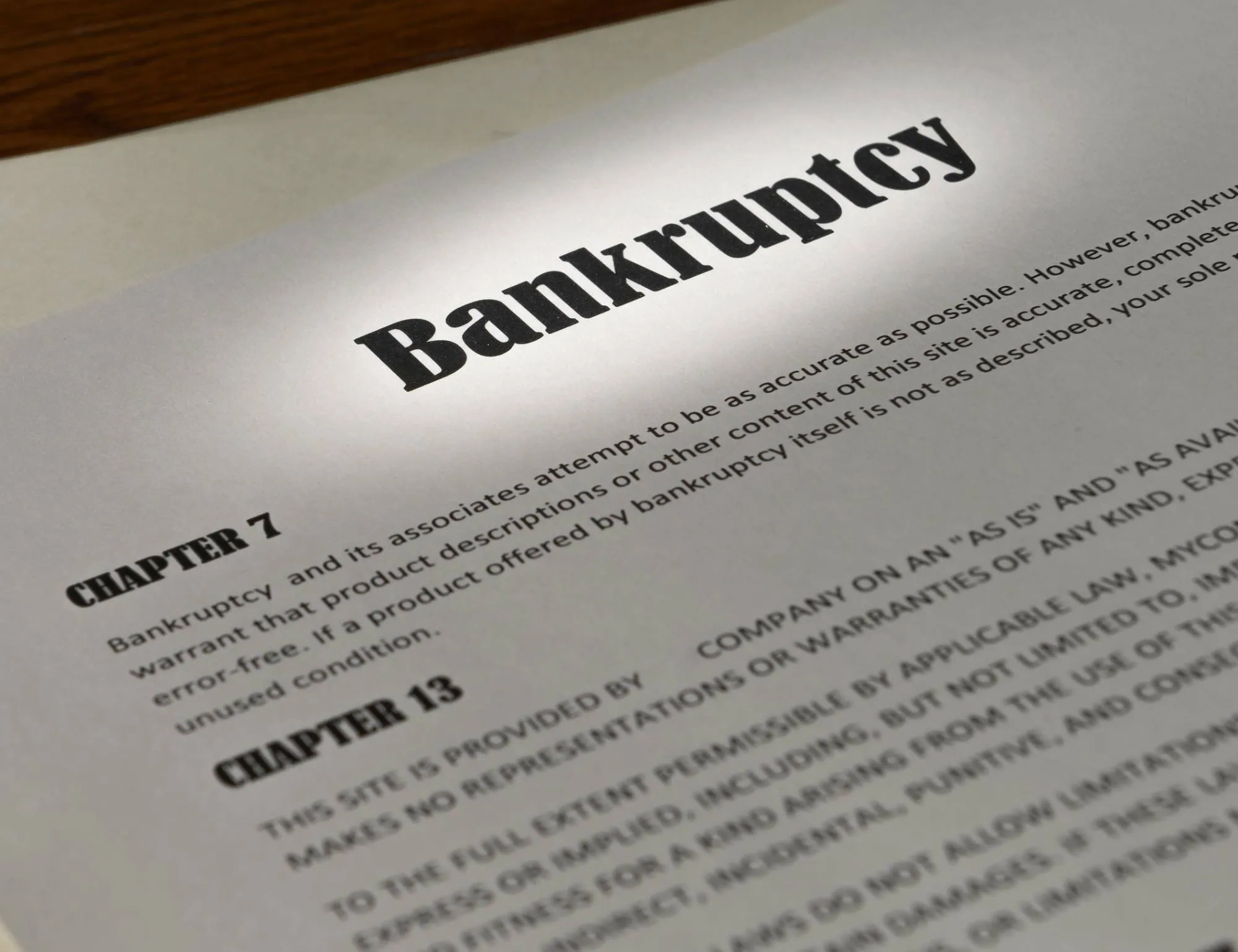Foreclosure Retention Allows the Distressed Property Owner to Stay in Possession and Ownership and to Hopefully Obtain Added Advantages in terms of Negotiation terms that were not Apparent Previously
- What are “Retention Options”?
- Define the Several Different Types of Retention Options-
- The Goals of Retention Options
- Advantages and Disadvantages of Retention Options
- Why Retain Us for Retention Options?
What are “Retention Options”?

Define the Several Different Types of Retention Options-
There are several different types of Retention Options. We shall define and/or describe them below, as follows:

b) Friendly Sale / Friendly Short Sale – A real estate deal to sell the property would bring the loan current since the arrears on the loan would need to be paid off in full at the time of closing. Usually a sale of the property would be a non-retention option, in that the property would no longer be a welcoming long term abode to the client once he sold it. However where the Homeowner/Borrower has friendly allies, they could purchase the property in their name, and after its purchased allow the Homeowner to pay rent for a period of time until the Homeowner restores their credit sufficiently to be able to purchase the Property back. Where there is still equity in the property this retention option is a regular real estate deal. But where the property is upside down, with the mortgage balance exceeding the fair market value of the property, a short sale becomes possible. In such a situation the short sale buyer would usually make an offer below fair market value and often get a deal that was based on the price of distressed property (at least 10% below fair market value; but often a higher discount accounting for potential wear/tear, lack of updating and damage to the property requiring extensive renovations). Here, if the Homeowner eventually purchases the property back, the Homeowner essentially erased much of the arrears, interest and costs due to the default.
c) Payoff / Short Payoff – This option seeks to payoff the full amount owed on the loan. However as with the Short Sale description above, where the fair market value dictates a lower payoff, some lenders would realistically demand the lower payoff (or short payoff) in order to forgive the entire loan.
d) Reinstatement / Short Reinstatement – This option seeks to reinstate or cure the full amount of mortgage arrears, costs and escrow owed on the loan. However as with the Payoff description above, where the fair market value dictates a lower reinstatement, some lenders would realistically demand the lower reinstatement. A Short Reinstatement makes sense for a lender where there is a lack of equity in the property and salvaging part of the arrears is good enough under the circumstances.
e) Forbearance – Forbearances have been widely used by lenders during the Covid-19 pandemic to deal with arrears due to the economic fallout caused by business lockdowns and slowdowns that plagued the economy. The problem with this option is that it is inherently a short term option and eventually the lender either needs payment in full, OR the Homeowner / Borrower needs to pursue a modification or other retention option to absorb the arrears.
f) Refinancing – Obtaining a loan to take out the loan in arrears is usually not an option due to credit issues for the principal borrower who is in arrears with the loan. The assumption is that that the refinancing would have a co-borrower or that there would be collateralized security for a down payment at a high enough level to overcome any credit issues for the principal, original borrower.
The Goals of Retention Options

Advantages and Disadvantages of Retention Options

The disadvantages of Retention Options is potential liability for the mortgage if there is a deficiency and arrears that exceed the amount the Lender is able to obtain from selling the Property at a foreclosure sale. If there is a large deficiency, high arrears and high escrows needed to collect from mortgage, the lender is more apt to chase the borrower for funds despite the foreclosure. In those situation the borrower may separately pursue Non-Retention Options (or options where the goal is not to keep the property)>
Why Retain Us for Retention Options?






